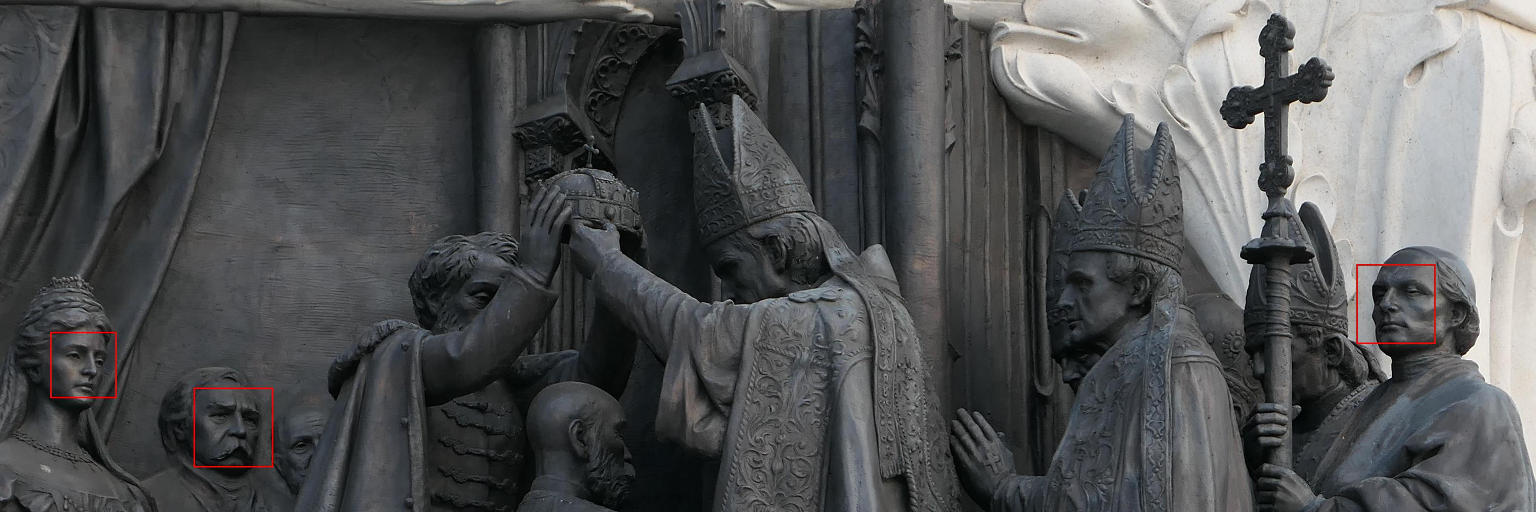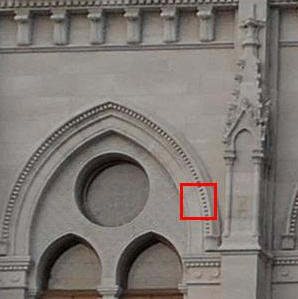This is an article I had for quite a while as a draft. As part of my yearly cleanup, I've published it without finishing it. It might not be finished or have other problems.
A few days ago, I took a flight from Nepal back to Germany. I was 3 weeks trekking. Of course, I did not take my beard trimmer with me. So what is usually a three-day beard became a 3 week beard. And when I tried to get through those automatic face recognition entries for EU citicenz, the machine spent like one minute trying to recognize me (usually it takes about 5 seconds).
That was when I started wondering what the current state of face recognition is. Not only the state of the art techniques, but more what is currently available in free software.
Face Recognition Tasks
There are four main tasks in face recognition:
- Face Detection: Given an image, draw an axis-aligned bounding box around each face
- Face Alignment: Transform a face to be in a canonical pose
- Face Representation: Find a representation for a face which is suitable for follow-up tasks
- Face Verification: Given two face representations, decide if they are the same
Important papers
- Deep Face: closing the gap to human level performance (summary)
- FaceNet: A unified embedding for face recognition and clustering (summary)
- Deep Face recognition (summary)
Problems



See also
- PyPI:
face_recognitionuses dlib. It's fast, it's good. Use it.